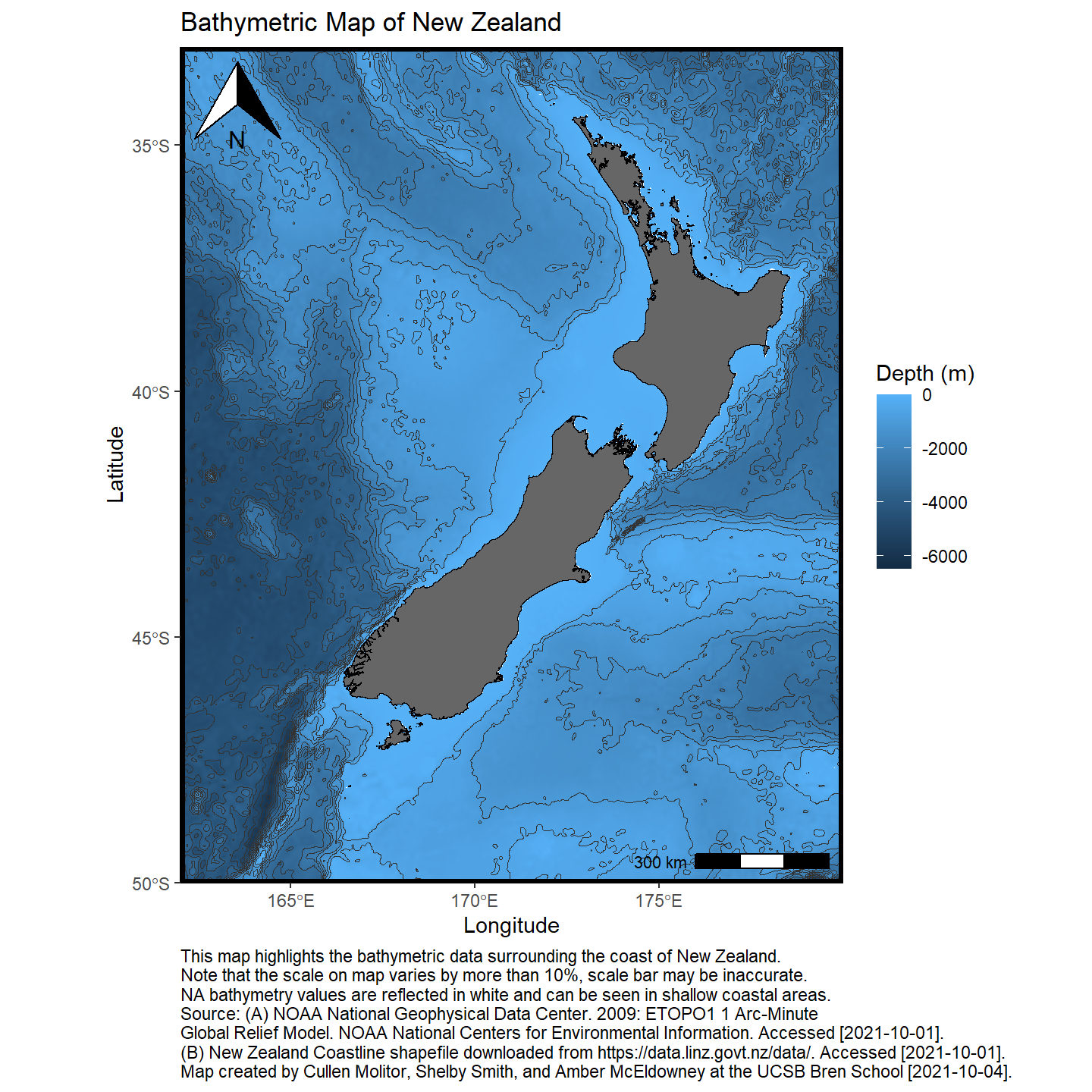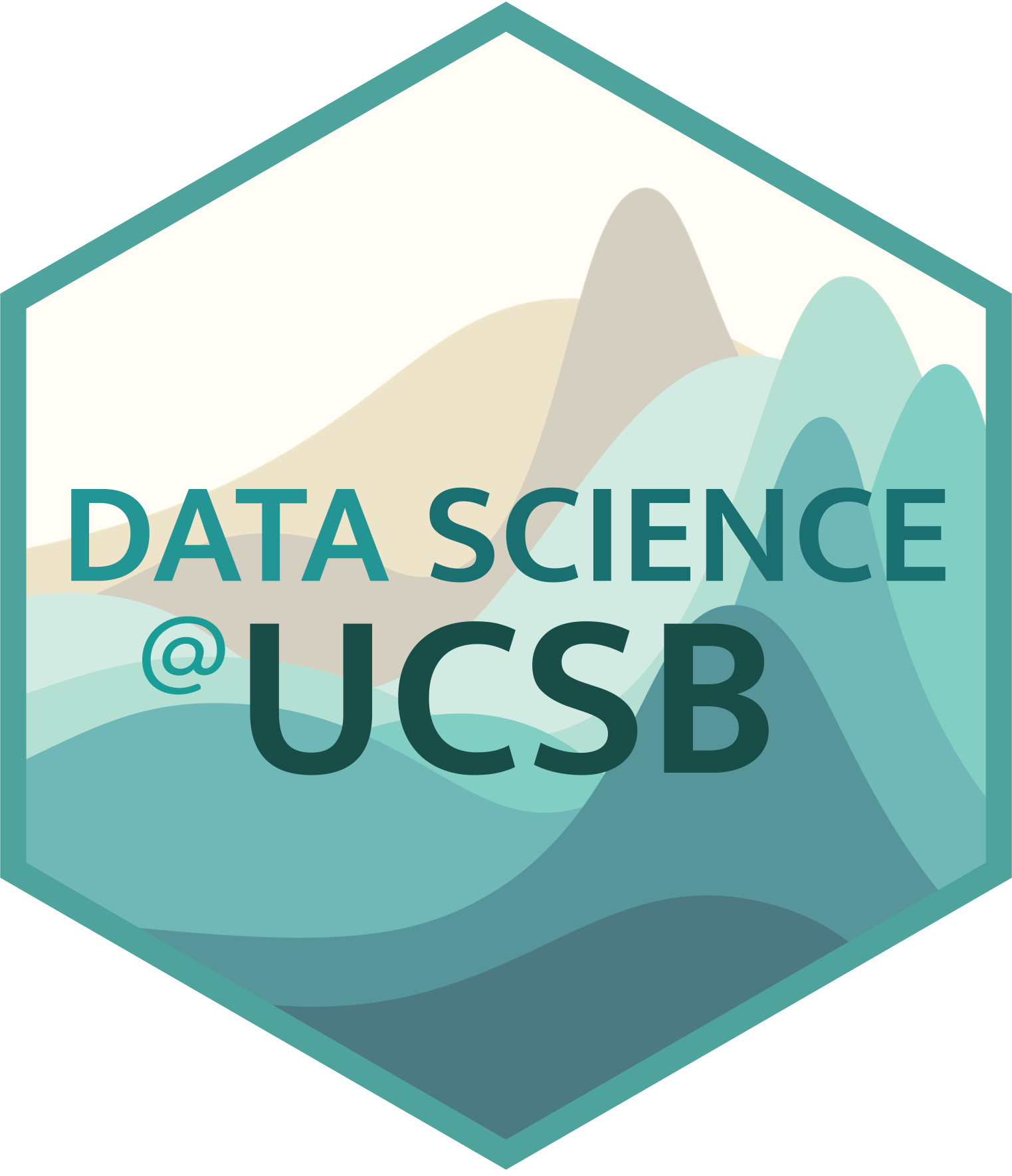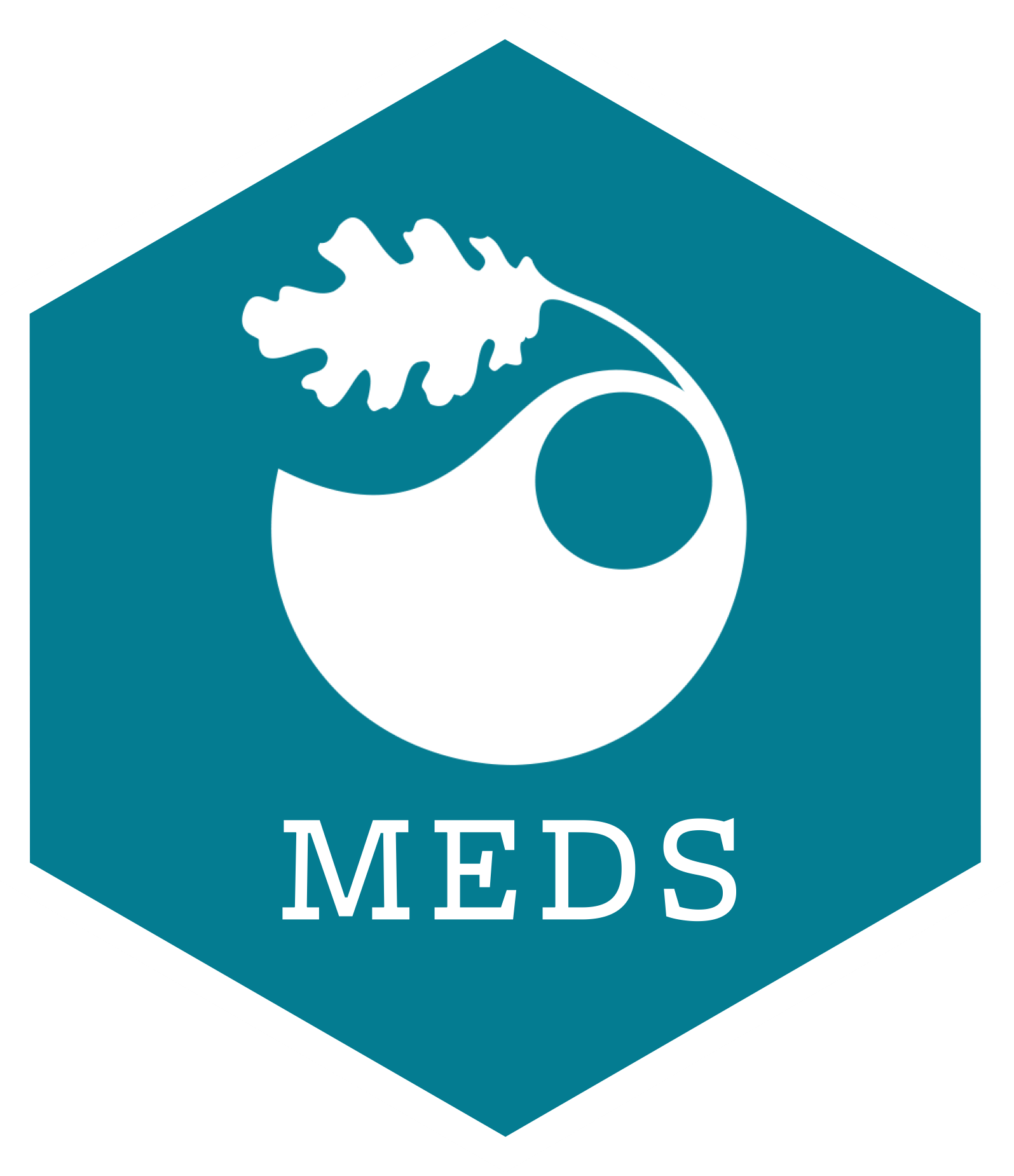Purpose
This notebook demonstrates how to work with geospatial data using the R software environment to make maps. I chose to plot the bathymetry around New Zealand. This project uses the R package marmap to querry NOAA databases to get the digital elevation model data. I then use a shapefile of the New Zealand coastlines to get better delineation between ocean and land.
Load libraries
Load Data
Use marmap::getNOAA.bathy() to load New Zealand bathymetry and elevation data directly from NOAA database and convert bathy object to dataframe for ggplot.
hide
nz_df <- marmap::getNOAA.bathy(
lon1 = 162,
lon2 = 180,
lat1 = -33,
lat2 = -50,
resolution = 1
) %>%
marmap::as.raster() %>%
raster::rasterToPoints() %>%
base::as.data.frame()%>%
filter(layer <= 0)
Read in New Zealand coastlines with sf::read_sf() to read the shapefile containing the New Zealand coastline.
hide
nz_coast <- sf::read_sf(
"data/nz-coastlines-and-islands-polygons-topo-150k.shp"
)
Plot Data
Use ggplot() to plot New Zealand coastline, bathymetric raster, and depth contours.
hide
ggplot() +
geom_raster(data = nz_df,
aes(x = x, y = y, fill = layer)) +
geom_contour(data = nz_df,
aes(x = x, y = y, z = layer), color = "grey20", size = .1) +
geom_sf(data = nz_coast, fill = "grey40",
color = "black", size = .15) +
coord_sf(xlim = c(162, 180), ylim = c(-50, -33), expand = c(0, 0)) +
labs(fill = "Depth (m)",
x = "Longitude",
y = "Latitude",
title = "Bathymetric Map of New Zealand",
caption =
"This map highlights the bathymetric data surrounding the coast of New Zealand.
Note that the scale on map varies by more than 10%, scale bar may be inaccurate.
NA bathymetry values are reflected in white and can be seen in shallow coastal areas.
Source: (A) NOAA National Geophysical Data Center. 2009: ETOPO1 1 Arc-Minute
Global Relief Model. NOAA National Centers for Environmental Information. Accessed [2021-10-01].
(B) New Zealand Coastline shapefile downloaded from https://data.linz.govt.nz/data/. Accessed [2021-10-01].
Map created by Cullen Molitor, Shelby Smith, and Amber McEldowney at the UCSB Bren School [2021-10-04].") +
ggspatial::annotation_scale(location = "br") +
ggspatial::annotation_north_arrow(which_north=TRUE, location = "tl" ) +
theme_classic()+
theme(panel.border = element_rect(fill = NA, size = 2, color = "black"),
plot.caption = element_text(hjust = 0))



